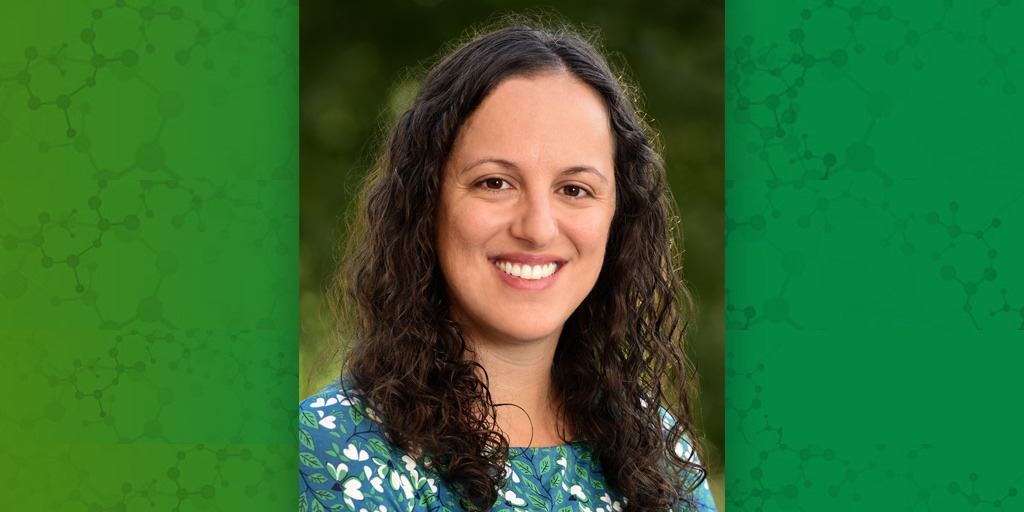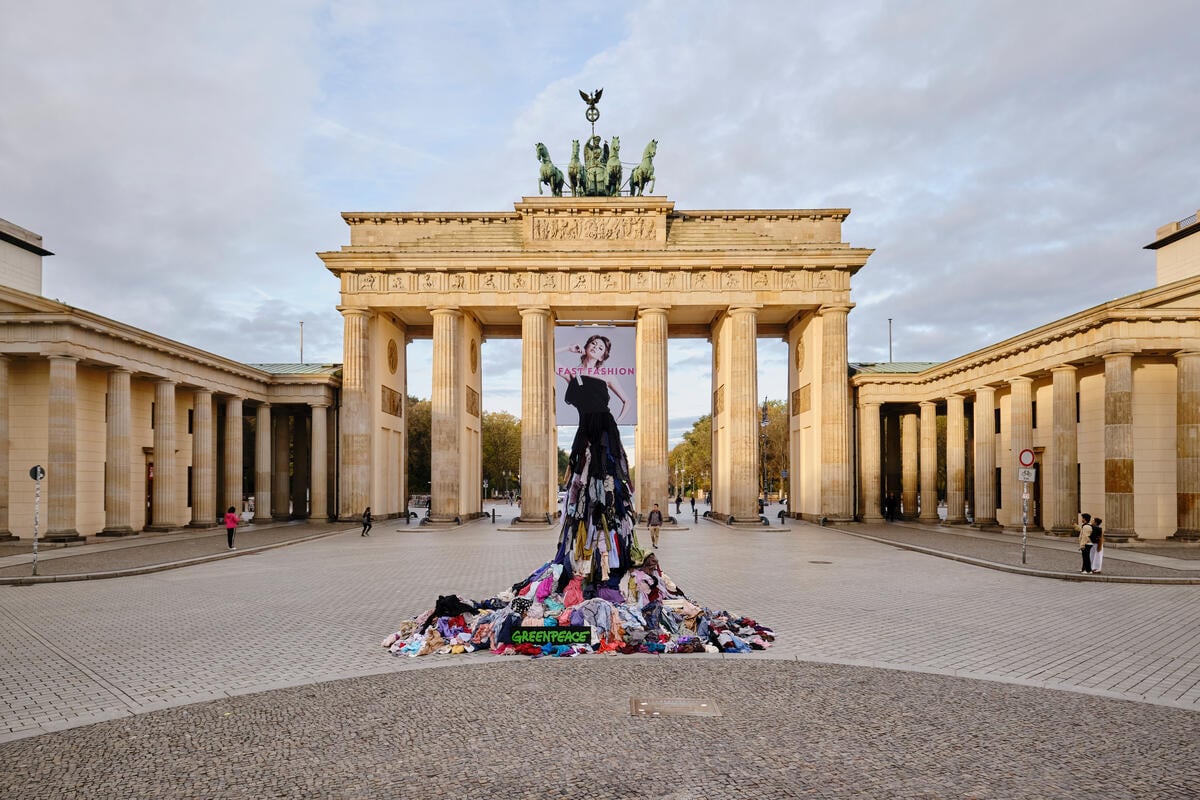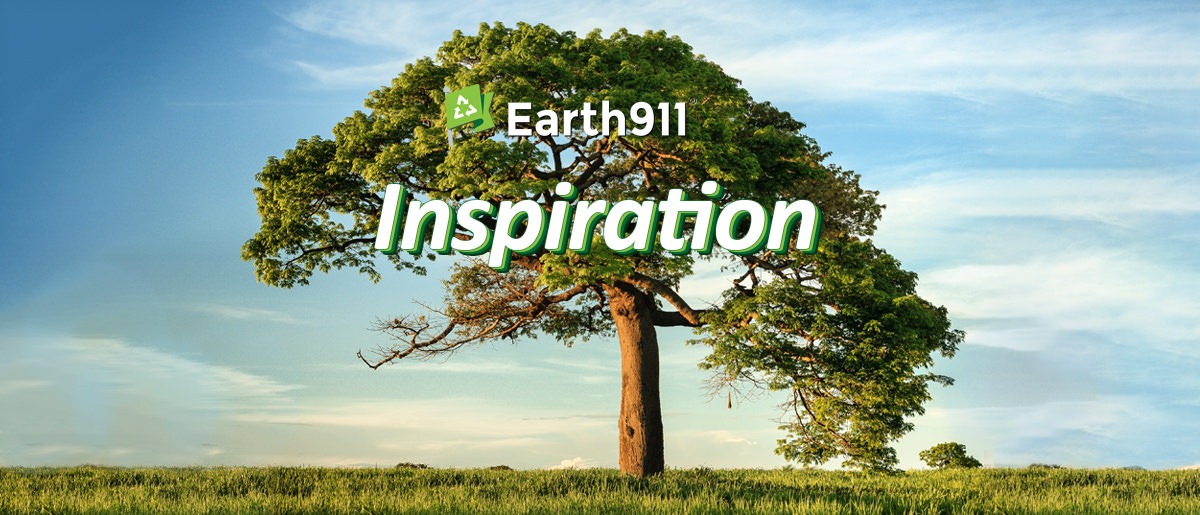By better understanding and connecting with communities, researchers can tailor messages, tools, and campaigns to effectively communicate environmental risks and improve public health, experts say. Building on their experience sharing such information with diverse groups, researchers from across the U.S. discussed successes, challenges, and recommendations during recent Risk e-Learning Webinars hosted by the NIEHS Superfund Research Program (SRP).
“This webinar series built upon an earlier SRP workshop on risk communication efforts, allowing us to delve deeper into the themes and discussions that emerged,” said SRP Health Specialist Sara Amolegbe. “It was exciting to hear more about how these experts engaged communities to build trust and translate their research into tangible products that meet the needs of their specific audiences.”
Each session in the four-part series, which spanned late September and October, drew more than 400 participants from academia, industry, government, and tribal and community groups.
Understanding communities and tailoring messages
“Raising awareness of harmful environmental exposures and fostering inclusive dialogue about risk reduction strategies — two central elements of risk communication — have the potential to improve health, especially in our most vulnerable communities,” said Kathleen Gray, Ph.D., from the University of North Carolina at Chapel Hill (UNC) SRP Center.
Gray, joined by UNC colleagues Sarah Yelton and Megan Rodgers, shared how they arranged focus groups and community meetings to understand existing beliefs and perceptions surrounding eating fish or drinking well water with potentially harmful contaminants. They evaluated the feedback to better identify effective messaging strategies for building environmental health literacy.
 Cummings is the author of The River That Made Seattle: A Human and Natural History of the Duwamish, which was highlighted in this August 2020 Environmental Factor story. (Photo courtesy of Steve Shay)
Cummings is the author of The River That Made Seattle: A Human and Natural History of the Duwamish, which was highlighted in this August 2020 Environmental Factor story. (Photo courtesy of Steve Shay)“How you frame a message can elicit different reactions depending on the audience,” said James Dearing, Ph.D., from the Michigan State University SRP Center. “Designing communication strategies for complex issues requires understanding the knowledge, attitudes, and behavior of the audience.”
Dearing noted that in the context of climate change, for example, people respond positively when imagery and language emphasize community health.
BJ Cummings and Lisa Hayward, Ph.D., from the University of Washington SRP Center, discussed their efforts to effectively communicate risk about fishing in the Duwamish River, which became contaminated with sewage and toxic chemicals and was listed as a Superfund site in 2001. The team hosted community events in different languages and developed multilingual videos to promote safe salmon fishing.
“This webinar helped me understand that we really need dedicated time to produce usable public outreach and communication materials,” said one participant.
Building trust to promote equity and justice
“Disasters frequently disproportionately affect the most vulnerable groups, exacerbating existing inequities and injustices and contributing to stress, which can serve as a barrier to risk communication,” said Sharon Croisant, Ph.D., from the Baylor College of Medicine SRP Center. “It is important to plan risk communication strategies for disaster preparedness and response well in advance of these events, and that requires building trust and engaging with the affected populations.”
Croisant explained that to build trust, communication strategies must be transparent, foster self-sufficiency, and acknowledge uncertainties. She also emphasized involving respected members of the community to ensure that interventions are culturally and contextually appropriate. Earning the trust of respected community leaders can also be leveraged to help demonstrate the validity and sincerity of external researchers’ efforts to the wider community.
Rachel Morello-Frosch, Ph.D., from the University of California, Berkeley SRP Center, discussed her work to develop digital tools that inform strategies for reducing harmful exposures and advancing environmental justice. Examples included Toxic Tides, which is an online mapping interface that helps users evaluate the potential effects of sea-level rise and coastal flooding on disadvantaged communities.

Morello-Frosch and partners develop mapping tools such as the Environmental Justice Screening Method, which identifies areas that are disproportionately affected by a mixture of chemical pollutants and social stressors. (Image courtesy of Rachel Morello-Frosch)
“Working with vulnerable groups, such as Native American communities, requires two-way communication strategies that value traditional knowledge and experiences,” said Esther Erdei, Ph.D., from the University of New Mexico SRP Center.
Erdei described her team’s work to use Navajo language and Native imagery to convey scientific concepts, which involved collaboration with tribal members and cultural specialists.
“Research and community engagement supported by SRP contributes significantly to the process of reconciliation and healing among communities exposed to hazardous substances,” said Erdei.
(Mali Velasco is a research and communication specialist for MDB Inc., a contractor for the NIEHS Superfund Research Program.)
Source link
factor.niehs.nih.gov



